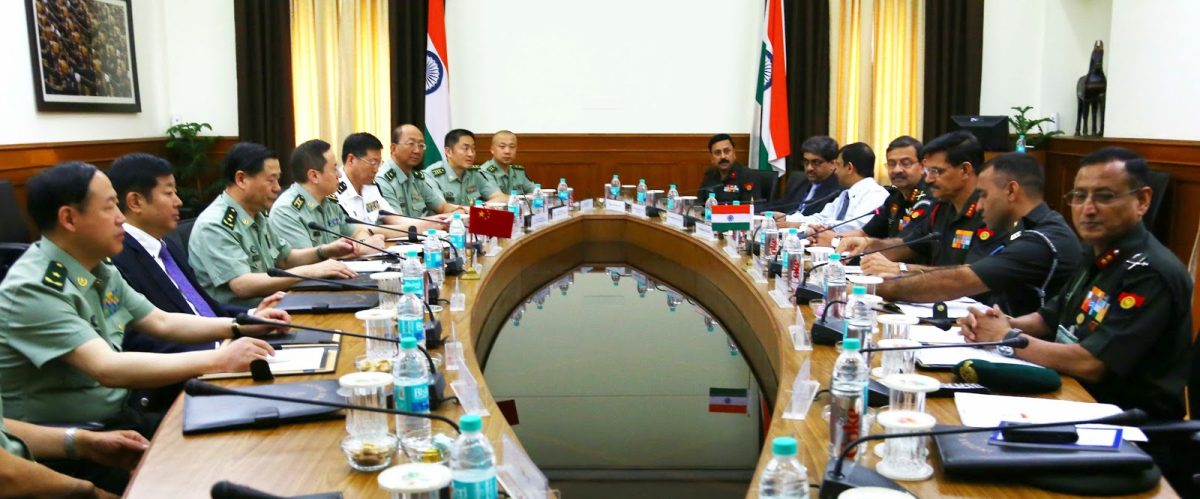Almost exactly a year after a group of Chinese soldiers intruded deep into Indian territory in the Depsang plains of Ladakh and stayed put for over a fortnight, India and China have earmarked four locations along their contested border for holding emergency meetings to quickly resolve possible standoffs, highly placed sources told me this week.
 These locations, all in Ladakh, are Track Junction, Pangang Tso Lake, Demchock and Chumar. The locations were finalized late last month when a Chinese PLA delegation led by one of its top most military leaders, the deputy chief of general staff (operations) Lieutenant General Qi Jianguo, held day-long talks with an Indian Army team led by the vice Chief of Army Staff, Lt Gen Dalbir Singh. All the four locations have been witness to standoffs and intrusions in recent times, leading to tension at the Line of Actual Control (LAC) as the unsettled border between the two countries is known.
These locations, all in Ladakh, are Track Junction, Pangang Tso Lake, Demchock and Chumar. The locations were finalized late last month when a Chinese PLA delegation led by one of its top most military leaders, the deputy chief of general staff (operations) Lieutenant General Qi Jianguo, held day-long talks with an Indian Army team led by the vice Chief of Army Staff, Lt Gen Dalbir Singh. All the four locations have been witness to standoffs and intrusions in recent times, leading to tension at the Line of Actual Control (LAC) as the unsettled border between the two countries is known.
In addition to the four flag meeting points, the two countries have also decided to open two more locations for holding scheduled annual meetings between senior field officers. So far these annual conferences known as Border Personnel Meetings take place at Bumla in Arunachal Pradesh, Nathula in Siukkim and Chushul in Ladakh. From now on, troops across the nearly 4,000-km long LAC will have two more places–Kibithoo in Eastern Arunachal Pradesh and Mana Pass in Uttarakhand–to meet at least four times a year, on the occasion of each others’ national days.
During the talks in Delhi late last month the two sides also decided to eastablish a hotline between the Indian Army’s Director General of Military Operations (DGMO) and an equivalent officer in the PLA HQ in Beijing.
All these decisions are part of the Confidence Building Measures (CBMs) that New Delhi and Beijing have decided to pursue after the signing of the Border Defence Cooperation Agreement (BDCA) signed by the Prime Ministers of the two countries in October 2013.
Indian security establishment is however not letting the CBMs come in the way of building and strengthening India’s defences in Ladakh. Over the past one year, India has moved an additional infantry brigade (3,000) troops into Ladakh to primarily look after the security of Sub-Sector North (SSN) under which the Depsang plains fall.
Last year the Chinese troops had intruded in this area and created a standoff. India’s presence was limited in the area till then. In addition to additional troops, India has also for the first time, moved a regiment of tanks in Ladakh to support the existing deployment. The Indian Army and the Indian Air Force has also speeded up the infrastructure development in Ladakh. For instance, many strategically important roads have been taken up for faster completion and two important adavanced landing grounds at Nyoma and Daulat Beg Oldie (DBO) have been upgraded to allow more landings by the bigger transport aircraft of the IAF including the C-130J Super Hercules.

